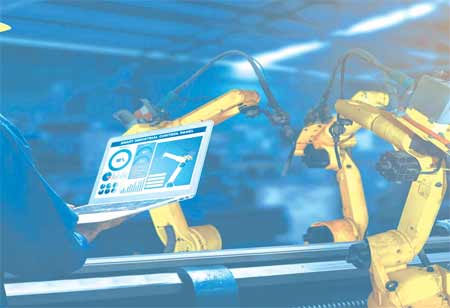Dental implant cost is evolving with 3D printing precision, augmented reality planning, durable materials, robotic assistance, and teledentistry consultations, making procedures accessible, efficient, and cost-effective for patients.
FREMONT, CA: Dentistry has witnessed remarkable technological progress in recent years, which has significantly impacted the cost of dental implant procedures. This article delves into the innovative technologies that emerged in 2024, exploring their influence on the quality and affordability of dental implants.
3D Printing Transforms Implant Manufacturing:
One notable advancement in dental implant technology is the widespread adoption of 3D printing. This manufacturing technique enables the creation of exact and customized implants tailored to each patient's unique anatomy. 3D printing enhances implant accuracy and streamlines production processes, reducing manufacturing costs. Consequently, patients may experience a notable decrease in the overall cost of their dental implant procedures.
Augmented Reality for Precise Implant Placement:
Augmented reality (AR) has made its mark in the dental implant process, providing dentists with a tool for precise planning and placement. AR systems allow dentists to visualize the patient's oral anatomy in real time, facilitating optimal implant positioning. This heightened precision minimizes the risk of complications and the need for additional corrective procedures, ultimately contributing to cost savings for practitioners and patients.
Advanced Materials Enhance Durability and Longevity:
In 2024, dental implant materials will significantly improve by introducing advanced alloys and ceramics. These materials enhance implant durability and contribute to their longevity.

